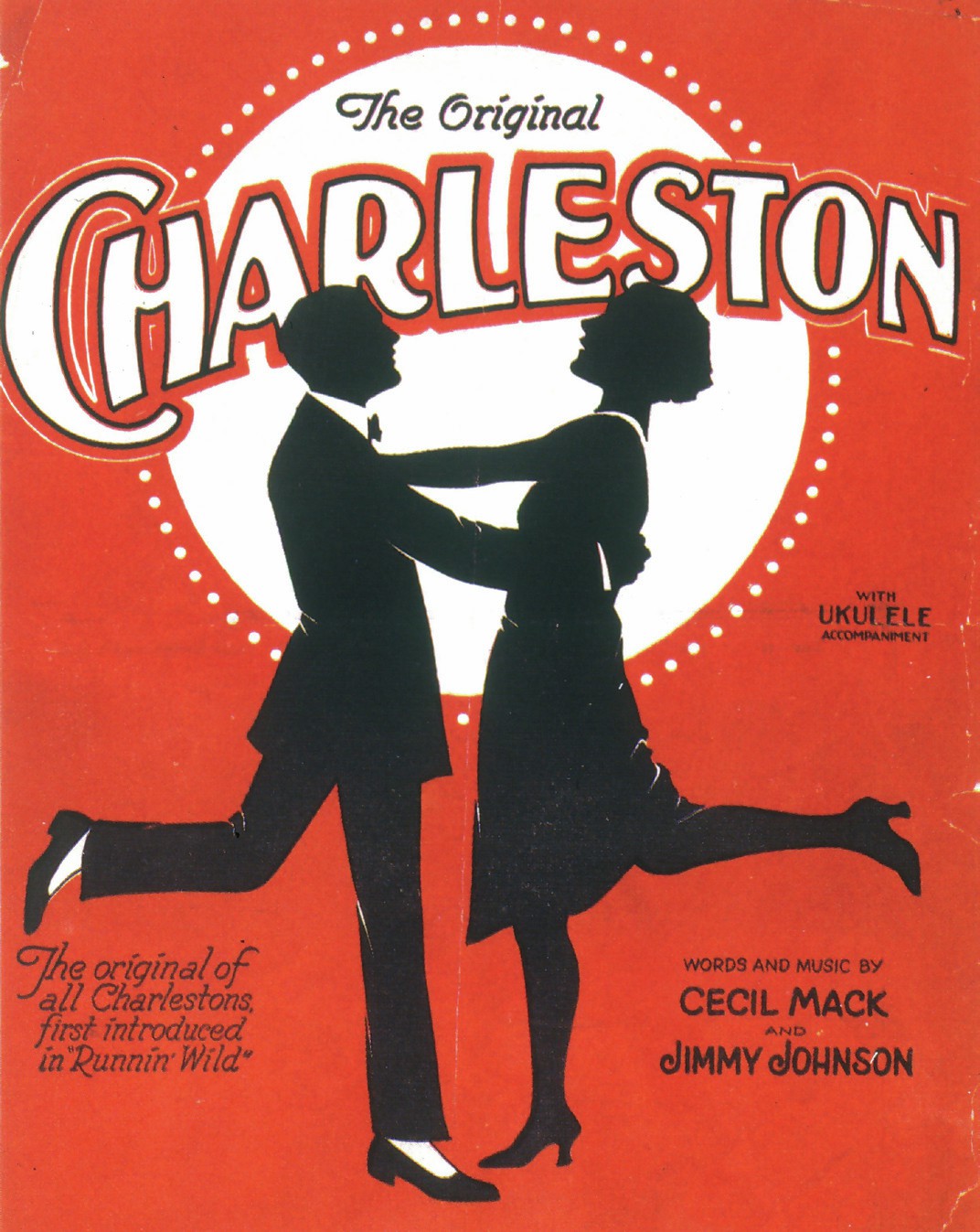
There is no logical reason why an arbitrary grouping of 10 years should acquire a ‘feel’, but it is undoubtedly true of some decades of the twentieth century. The sixties swung, the eighties were greedy and the twenties roared. The iconic image of that decadent decade is of a massive and frenzied party, with girls in flapper dresses and long beads dancing to the latest jazz music. Nothing dates as quickly as popular music and it can be hard nowadays to appreciate just how shocking twenties youth culture was to the generations who had grown up before the First World War. Those party animals in the old photographs and film clips may look buttoned-up and posh to you, but they were pushing back the boundaries of individual and sexual freedom every bit as much as their grandchildren would do in the sixties.
The music that summed the era up more than any other was a popular jazz dance named the Charleston, after its home town in South Carolina. It was a catchy syncopated number, more fun than funky but revolutionary nonetheless, mainly because of the dance moves that went with it. The basic Charleston step was simple but it was embellished by lots of upward kicks from the bent knee, as demonstrated in the sheet music cover shown here, though the reality was a lot more frenetic than this rather decorous pair suggest. You cannot start kicking your legs in a ball gown, so the Charleston demanded precisely the sort of abovethe-knee dresses that fashionable young women were wearing, to the shocked dismay of their elders. Moreover, instead of the man leading the lady around the dance floor, the Charleston merely required them to stand next to each other and wiggle their legs. The effect was not unlike tribal dancing from Africa (‘jazz’ was an African-American term for sex) and it certainly did not correspond to any general understanding of dancing from before the war.
Your organisation does not have access to this article.
Sign up today to give your students the edge they need to achieve their best grades with subject expertise
Subscribe




